Vitamin K2 foods aren’t the usual suspects

Vitamin K is getting a lot of attention these days for its many health benefits. Vitamin K plays a role in regulating your blood pressure. It helps keep your bones strong. And it contributes to minimizing your risk of heart disease.
Advertisement
Cleveland Clinic is a non-profit academic medical center. Advertising on our site helps support our mission. We do not endorse non-Cleveland Clinic products or services. Policy
While we may think of vitamin K as one vitamin, it actually is a category made up of vitamin K1 (also called phylloquinone) and vitamin K2 (also known as menaquinone). Both are believed to have similar body-boosting effects.
Vitamin K1 has long been studied. But vitamin K2’s health benefits are only recently becoming clearer. Research is suggesting that vitamin K2 may make a longer-lasting impact on your health than vitamin K1. So, it’s only natural that people are starting to take notice and become more interested in learning about foods high in vitamin K2.
We talked with registered dietitian Julia Zumpano, RD, LD, about what foods have the most vitamin K2 and why.
Usually, when we think of vitamin-rich foods, our minds go to fruits and vegetables. And in most cases, those are some of your best go-tos for many of the vitamins and minerals that fuel our bodies.
But vitamin K2 is very different. It’s most typically associated with fermented foods and animal products. That’s because vitamin K2 isn’t naturally occurring. It’s synthesized (created) by bacteria.
“Even in our own bodies, good bacteria in our gut microbiome create vitamin K2,” Zumpano explains. “The same happens in animals and during fermentation processes. Bacteria are key to creating vitamin K2.”
Advertisement
That synthesizing process means that determining just how much vitamin K2 is in any particular food is tough to say. That’s because vitamin K2 content can vary greatly depending on how much bacteria is present and, therefore, how much vitamin K2 is created.
Currently, the U.S. Department of Agriculture (USDA) lists the vitamin K values of foods mostly based on their vitamin K1 content. More research needs to be done to create a more comprehensive understanding of vitamin K2 in various foods.
There isn’t currently a recommendation from the USDA regarding how much vitamin K2 should be included in your diet. In total, the USDA recommends you get a total of 120 micrograms of vitamin K per day. That can be through a combination of vitamins K1 and K2.
And that’s a good thing.
“Many of the foods that are known to be high in vitamin K2 are not traditionally considered to be part of a heart-healthy diet and should be consumed in moderation,” Zumpano notes.
Foods rich in vitamin K1, on the other hand, tend to be naturally occurring, plant-based foods that pack a nutritional punch. They’re an important part of a healthy eating pattern and include:
Zumpano walks us through foods that are presently thought to have the highest concentrations of vitamin K2 and recommendations for which ones are the best (and worst) choices for your overall health.
Some sources of vitamin K2 have a high nutritional value that goes even beyond their vitamin K2 content. If you’re looking to increase your intake of vitamin K2 through foods, Zumpano says these are some of your best choices.
A popular Japanese dish, nattō is a highly nutritious food. Some say it is an acquired taste. It’s made from fermented soybeans and has a sticky or slimy texture. It’s traditionally served over rice.
In addition to being the biggest known source of vitamin K2, nattō is high in other important nutrients, like fiber, protein and iron.
Nattō isn’t a staple in most Western diets. Even your favorite Japanese restaurant may not serve it up. But you may be able to find it at some health stores, Asian grocers or online retailers. You can also find recipes online to make it yourself.
Chicken breast is in that sweet spot of foods that is both high in vitamin K2, all-around healthy and traditionally part of a Western diet, at least for people who eat animal products.
“If you’re going to focus on one source of vitamin K2, chicken breast seems to be a healthy choice that is readily available,” Zumpano says.
Advertisement
Sauerkraut is made from fermented cabbage. Like other fermented foods, it’s full of good bacteria that help keep your gut microbiome in balance. That means that in addition to helping you get more vitamin K2 from eating it, you also get the benefit of improving your gut health. That helps your body make more vitamin K2 for itself.
Popular in Russia and parts of Eastern Europe, kefir is a fermented dairy drink that’s similar to a thin yogurt.
“Kefir is full of probiotics, vitamins and minerals,” Zumpano states.
Kefir typically has a tangy or tart taste, similar to sour milk. Some people prefer to drink it straight up. It can also be poured over cereal or mixed in a smoothie.
Some foods that have high amounts of vitamin K2 are ones that shouldn’t be abundant in your diet. That’s because they come with other nutritional downfalls, like high calories, sodium and other drawbacks. Zumpano suggests eating these foods more sparingly.
A moderate amount of certain cheese in your diet can be a good thing. Cheese is high in calcium and protein. But it can also be high in sodium and calories, too.
“Gouda is a good source of vitamin K2 and healthy bacteria that is good for gut health,” Zumpano says. “But you definitely don’t want to go overboard with it.”
Advertisement
One ounce of Gouda contains about 20% of your daily calcium. It also has a high amount of saturated fat, though. It’s best enjoyed sparingly.
Blue cheese is a good source of vitamin K2 and calcium. But like other cheeses, it should be eaten in small amounts. That’s because it’s very high in saturated fat and sodium.
Blue cheese contains conjugated linoleic acid (CLA), an omega-6 fatty acid found in dairy products and beef. This kind of fat can be healthy when used to replace saturated fats but should still be eaten sparingly in a heart-healthy diet.
“Blue cheese can be a good addition if it’s lightly sprinkled on a spinach salad here and there, but it’s best not eaten in high amounts,” Zumpano advises.
You probably know that egg whites are usually considered the healthier part of the egg. That’s because egg yolks have saturated fat and case raise your bad cholesterol (LDL) levels. They also have a good amount of vitamin K2.
When it comes to eggs, moderation (again) is key. One egg a day, including the yolk, is usually OK for people who have a healthy blood cholesterol level and who don’t have heart disease, Zumpano says.
Chicken liver isn’t one of the more popular staples in a Western diet, but if it’s something you enjoy, it’s a pretty nutritionally solid choice. In addition to a high amount of vitamin K2, it’s rich in iron, B vitamins, protein and more.
Advertisement
Organ meats have higher concentrations of several vitamins and minerals than more traditional cuts of meat, but they’re not for everyone.
“Organ meats like chicken liver are OK in moderation,” Zumpano says. “People who are at risk for heart disease will want to choose lean muscle meats instead, though. Many organ meats can be high in cholesterol and saturated fat.”
There are other foods that have a high amount of vitamin K2 but have some drawbacks. These foods should be eaten very rarely or not at all, particularly if you’re at risk for heart disease or living with other health conditions.
Have you ever read health advice that says to eat more butter? (If you have, you may want to reconsider your sources for health information.)
Butter is high in cholesterol. High in calories. High in saturated fats. Basically, it’s full of a lot of things any dietitian will tell you to avoid. So, even if butter is high in vitamin K2, you’re better off keeping your consumption very low. Maybe a tiny bit here and there to cook with, but that’s about it.
Ultra-processed meats like salami shouldn’t play a big part in your diet. Sure, it has a good amount of vitamin K2. It’s high in iron and zinc. But salami is also very high in saturated fat and sodium. So, limit your intake to one thin slice on occasion or eliminate it altogether and focus on the other sources of K2, Zumpano recommends.
Red meat isn’t your best choice for a heart-healthy diet. Eating beef regularly has been linked to a number of health conditions, including:
“The more we learn about eating beef, the more we know it’s not a good choice for your heart health,” Zumpano says. “If you would like to include ground beef for K2 choose 90 to 95% lean ground beef, only have about 3 to 4 ounces (a portion about the size of your palm) no greater than a couple times per week.”
You’ve probably heard it time and time again: It’s better to get your vitamins from foods than from supplements. But many of the foods that are high in vitamin K2 aren’t necessarily the best for your body. They can be high in saturated fat, sodium and other compounds that are generally not considered hallmarks of a balanced diet.
Some research has shown that supplements of vitamin K2 may be beneficial. But vitamin K1 supplements don’t do much for your health.
Confused yet?
“Vitamin K2 is a longer chain of molecules than vitamin K1. It has a longer half-life, which means it stays in your body longer,” Zumpano explains. “It makes sense that supplements of vitamin K2 could be beneficial because they stay in your system longer, whereas a vitamin K1 supplement is digested before it has a chance to work its magic.”
But, research on vitamin K2 food and supplements is still in its infancy. There’s just not that much that we know about it to definitively say how much you need or how it’s best to get it.
In the meantime, getting your fill of vitamin K1 through leafy greens and the like is a sure bet to meet the USDA guidelines for vitamin K. And if you mix in some vitamin K2-rich foods, stick to the healthier choices, like nattō, chicken breast and sauerkraut.
If you’re concerned about getting the proper amount of vitamin K in your diet or are considering supplements, Zumpano suggests talking with a registered dietitian or another healthcare provider. They can help you understand your options and your nutritional needs.
Learn more about our editorial process.
Advertisement

It’s always best to talk to a healthcare provider before taking any supplements to avoid toxicity
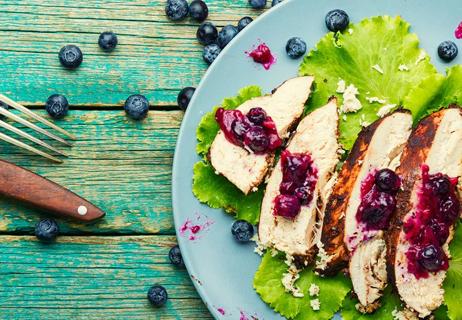
From leafy greens to heart-healthy oils, the selection is abundant
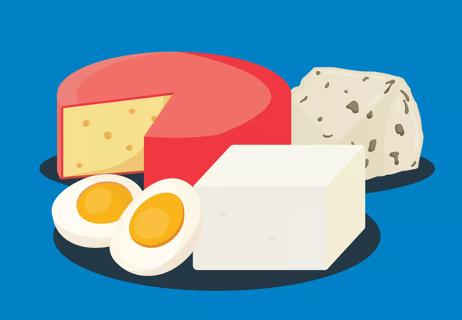
Vitamin K2 is gaining recognition for its effects on blood clotting, heart health and bone health

It helps your bones stay strong and your blood clot, but it may also do so much more
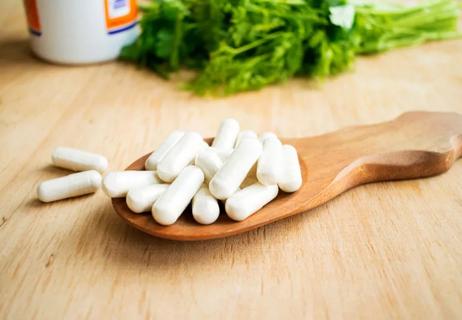
Understanding the role of this vitamin (and where to find it!)
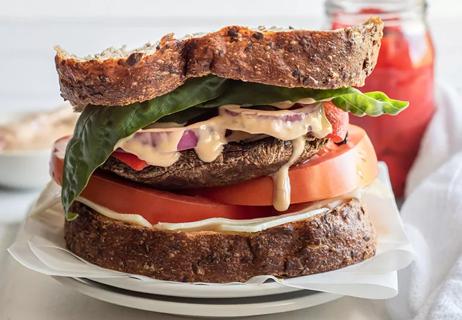
A satisfying veggie option with a kick

There are several vitamins and mineral supplements that many people can benefit from — but it’s important to consult with a healthcare provider before you start one
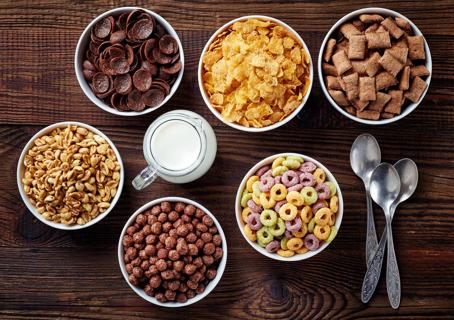
There are better breakfast options, but if it’s got to be cereal, look for whole grains, high fiber and no added sugar

Type 2 diabetes isn’t inevitable with these dietary changes

Applying a hot or cold compress can help with pain